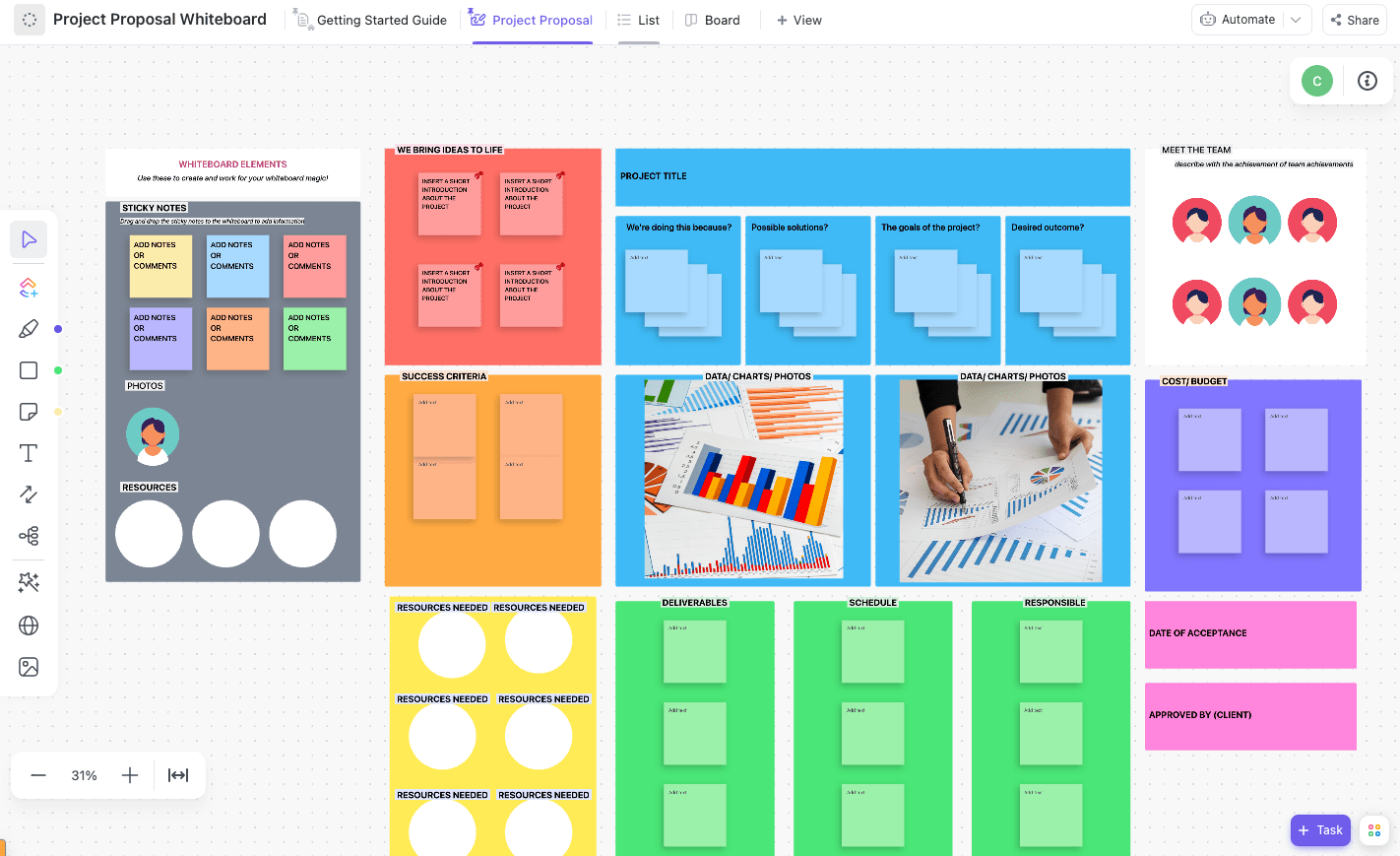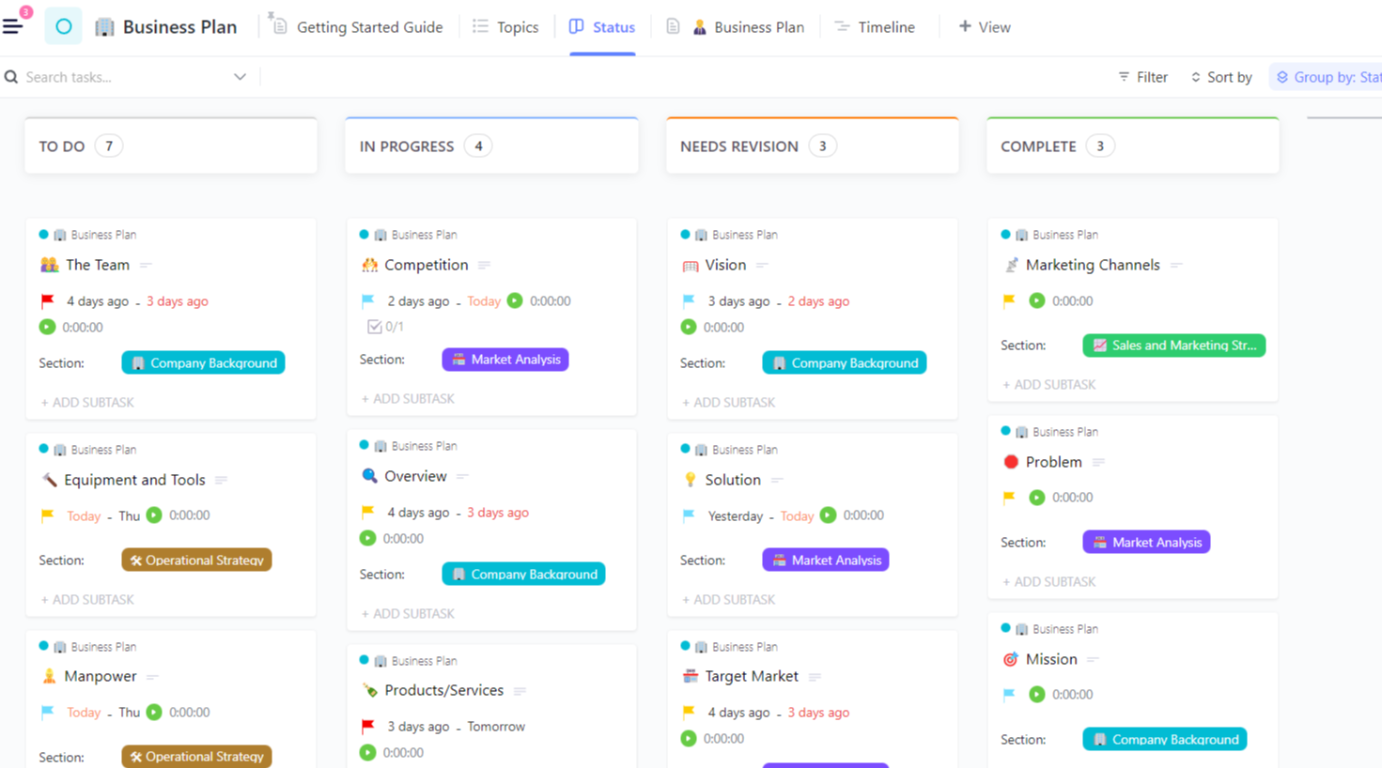Table of Links
Abstract and 1 Introduction
1.1. Spatial Digital Twins (SDTs)
1.2. Applications
1.3. Different Components of SDTs
1.4. Scope of This Work and Contributions
2. Related Work and 2.1. Digital Twins and Variants
2.2. Spatial Digital Twin Case Studies
3. Building Blocks of Spatial Digital Twins and 3.1. Data Acquisition and Processing
3.2. Data Modeling, Storage and Management
3.3. Big Data Analytics System
3.4. Maps and GIS Based Middleware
3.5. Key Functional Components
4. Other Relevant Modern Technologies and 4.1. AI & ML
4.2. Blockchain
4.3. Cloud Computing
5. Challenges and Future Work, and 5.1. Multi-modal and Multi-resolution Data Acquisition
5.2. NLP for Spatial Queries and 5.3. Benchmarking the Databases and Big Data Platform for SDT
5.4. Automated Spatial Insights and 5.5. Multi-modal Analysis
5.6. Building Simulation Environment
5.7. Visualizing Complex and Diverse Interactions
5.8. Mitigating the Security and Privacy Concerns
6. Conclusion and References
3.3. Big Data Analytics System
The rapid and extensive use of mobile location-based apps, GPS-enabled cars, autonomous vehicles, UAVs, IoT devices, satellite imagery, and more has led to an unprecedented generation of spatio-temporal data. For example, each day, approximately a billion tweets are created, with 30-40% of them containing geolocation information. An autonomous vehicle at the lower end of the autonomous spectrum produces about 1.4 terabytes data per hour[7]. To host this large volume of spatio-temporal data in an SDT, and supporting various analytical and query operations, recent research focuses on the spatial extensions of big data analytics systems such as Hadoop [51], Spark [52], and NoSQL [46]. These big data systems can make the SDT system scalable through distributed processing.
Hadoop [51] uses MapReduce framework for distributed processing of big data. As there is no support for spatio-temporal data in Hadoop, a number of extensions such as Hadoop-GIS [53] and SpatialHadoop [54] have been developed to handle spatial data types such points, trajectories, etc. As Hadoop is a disk-based system, the performance can deteriorate with large number of I/O operations. To solve this problem, main-memory based big data systems such as SpatialSpark [55], GeoSpark [56] etc. have been developed. Another group of big spatial data processing systems has been emerged using NoSQL paradigm, e.g., MD-HBase [57], TrajMesa [58], etc.
As spatio-temporal data is growing at an unprecedented rate and the SDTs need to host different data types to find insights and to help making predictive decisions, we need the help of these big spatial data processing systems in building an SDT. However, unlike the database management systems that have decades of research behind them and have been extensively tested, these big spatial data processing systems are still at their growing phase and there is no benchmark study on the performance of these systems using various spatial data types and data streams.
3.4. Maps and GIS Based Middleware
In this section, we discuss software and tools that are being used for visualizing spatial (or geographical data) on a map, and performing various spatial operations with ease. We have categorized these tools and software into three groups: GIS software; basic maps; and APIs & libraries. These systems are essential for smart, quick and efficient development of an SDT. Next, we present the details.
3.4.1. GIS Software
An integrated geographical information system (GIS) provides an environment that integrates maps to visualize and interact with spatial data, and tools to perform various operations on those data. They also provide platforms to find interesting patterns and insights from the data and visualize on a map. Some widely used GIS software are ArcGIS (from ESRI) [59], and QGIS (open source) [60]. These GIS software have the support for all the basic spatial data operations and analytics facilities and visualize on the map. These can also be integrated with DBMSs and other underlying spatial data analytics platforms. Also such software has programming support for different languages like python, R, etc. Boston digital twin uses ArcGIS technology to build their SDTs [61].
As one of the major feature of an SDT is to visualize and interact with the urban environment, an opensource 3D globe platform, Cesium [62] has been developed. Cesium enables developers to build geospatial applications around 3D maps, Cesium is particularly optimized for visualizing large datasets, such as terrain, buildings, and real-time sensor data, and for creating immersive geospatial experiences. CesiumJS is an open source JavaScript library for creating world-class 3D globes and maps with the best possible performance, precision, visual quality, and ease of use. New South Wales digital twins [63] use Cesium for building their spatial digital twin.
3.4.2. Map services
At a broad level, we can view existing map services like OpenStreetMap, Bing Maps, or Google Maps as spatial digital twins. These platforms create and utilize digital representations of physical road networks, rivers, points of interest, and more to address various queries, such as locating a point of interest or finding a route to a destination. A number of different layers of maps including satellite maps, traffic maps, terrain maps, 3D maps are also widely available in these map services. In addition to these basic layers that can be used from different map services as an API, an SDT needs to have a number of other map layers such as utility map layer, indoor map layer, or any other utility-based layer such as greenhouse gas emissions or energy usage. Thus map layers play a vital role in developing an SDT. Hence, one can use these widely used map services as a base to build their own SDT.
3.4.3. Tools, APIs and Libraries
So far, we have seen a wide range of spatial technologies such as RDBMSs, GeoJSON files, GIS software, and spatial big data analytics platforms that are used to manage and process spatial data. An SDT relies on the integrated capabilities of many of these platforms. Thus, to build an SDT, we need a strong support of libraries and APIs of different programming languages to integrate the SDT platform with the standard GIS and spatial technology related platforms and perform various processing, analyzing, mining, and visualizing operations. A variety of APIs and libraries with spatial capabilities are available in almost every popular language like C++/Java, Python, etc.
Low-level libraries such as JTS [64], GEOS [65], Spatial4j [66] have been developed using C++ or Java for modeling and processing spatial data (e.g., creating vector geometry). These foundational libraries for spatial data modeling are being used to build GIS software, big spatial data processing and analytic systems, etc. On the other hand, with the popularity of high-level languages, like Python and R, for big data analytics and processing, a number of APIs and libraries are available. These libraries are primarily designed for various spatial data related tasks including I/O optimized data fetching, processing spatial data using different spatial algorithms, performing analysis using statistical and advanced ML, visualizing different types of spatial data. We briefly discuss some of the Python libraries and APIs because Python seems to be the most popular high-level language for big data processing in the era of AI & ML.
GeoPanda [67] is a spatial extension of Pandas, a popular Python library for data science. Scipy . Spatial [68] has libraries for spatial algorithms and data structures such as nearest neighbor search algorithm. Python Spatial Analysis Library (PySAL) [69] is designed for spatial data analysis tasks such as clustering, hot-spot analysis, correlation, visualisation, etc. It includes support to handle both vector and raster spatial data. To manage and process trajectory data, Python has traja [70] library. Apart from the above libraries, there are many other spatial libraries that can be useful for developing an SDT (e.g., see [71] for details).
Apart from the above software and technological tools, some commercial software solutions [12] have been recently developed by combining many of the above spatial tools &techniques, which can also be used as a starting base to develop an SDT. Microsoft Azure Digital Twins platform [14] enables one to create a digital twin in the form of knowledge graph, which allows developers to create a digital twin data model to represent real assets and their relationships with each other. They also allow seamless integration with IoT devices for continuous data feed. The 3DEXPERIENCE [15] platform (by Dassault Systemes) provides tools for creating 3D models and also a number of simulation tool for simulating real life objects and their processes. The HxDR platform [72] (by Hexagonis) is an SaaS platform that focuses mainly on providing the necessary tools creating 3D replicas of urban environments. OpenCities Planner [73] by Bentely Systems is a city-scale SDT planning and visualizing application software.
Authors:
(1) Mohammed Eunus Ali, Department of Computer Science and Engineering, Bangladesh University of Engineering and Technology, ECE Building, Dhaka, 1000, Bangladesh;
(2) Muhammad Aamir Cheema, Faculty of Information Technology, Monash University, 20 Exhibition Walk, Clayton, 3164, VIC, Australia;
(3) Tanzima Hashem, Department of Computer Science and Engineering, Bangladesh University of Engineering and Technology, ECE Building, Dhaka, 1000, Bangladesh;
(4) Anwaar Ulhaq, School of Computing, Charles Sturt University, Port Macquarie, 2444, NSW, Australia;
(5) Muhammad Ali Babar, School of Computer and Mathematical Sciences, The University of Adelaide, Adelaide, 5005, SA, Australia.










